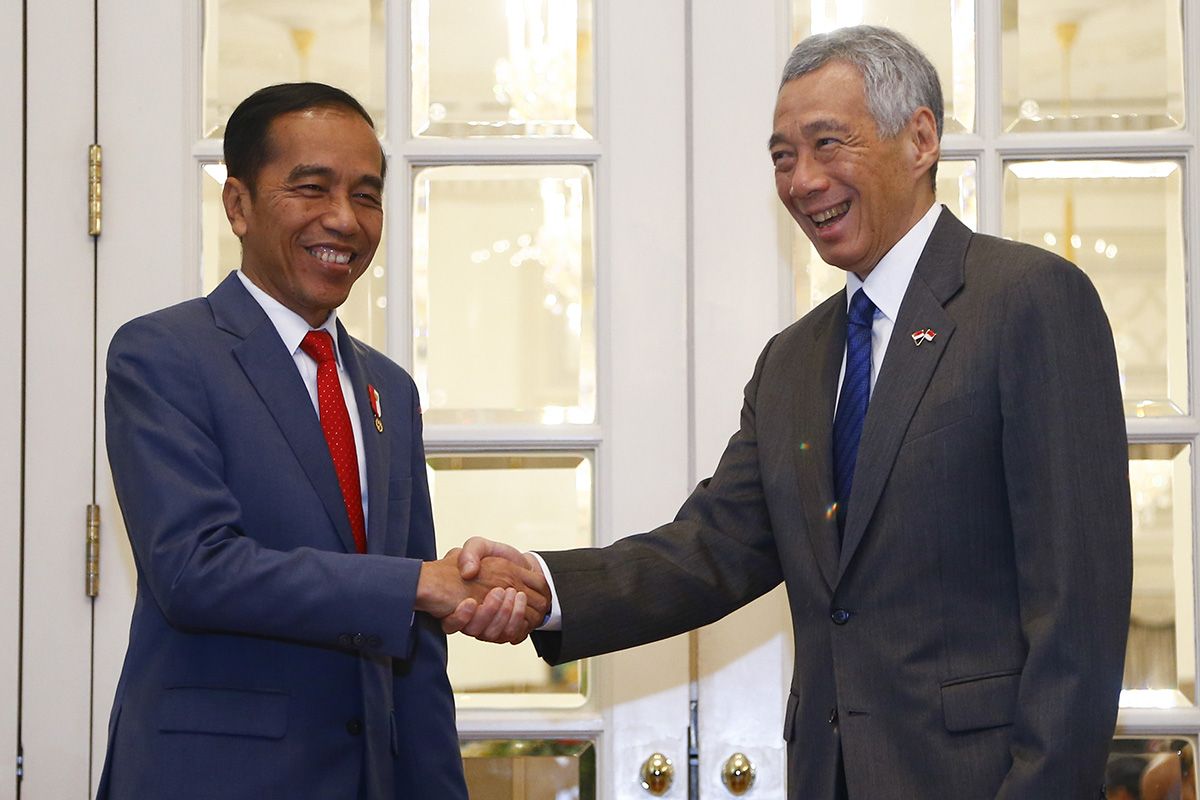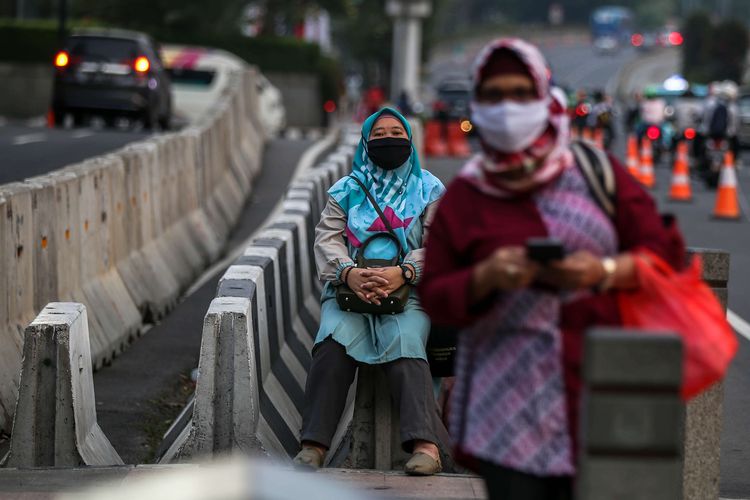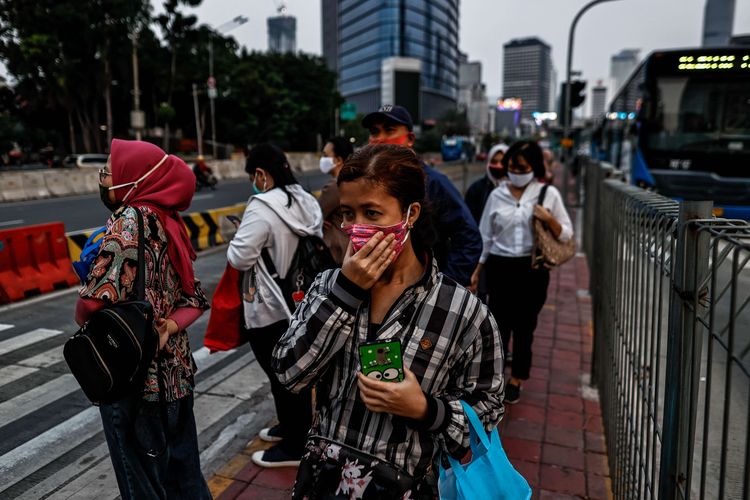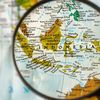Indonesia Highlights: Indonesia in Recession | Nearly 10M Indonesians Jobless | Indonesia Extends Financial Partnership with Singapore

Suhariyanto said that the coronavirus pandemic led to more Indonesians without work. The Greater Jakarta Area saw the highest unemployment rate in Indonesia, followed by the provinces of Banten and West Java.
BPS data also revealed that there has been an uptick in the number of part-time workers nationally totaling 4.83 million workers in Indonesia.
On the other hand, the number of full-time workers has decreased to a national tally of 9.46 million individuals.
Other BPS statistics showed that Indonesia’s agriculture sector absorbed 29.76 percent of the labor market followed by trade at 19.23 percent, and the manufacturing sector at 13.61 percent.
3. Indonesia and Singapore Extend Bilateral Financial Arrangement
Endorsed by Indonesian President Joko Widodo and Singaporean Prime Minister Lee Hsien Loong last November 2018, the central banks of both countries have agreed to extend their $10 billion bilateral financial arrangement for another year.
Indonesia is represented by Bank Indonesia (BI) while its counterpart is represented by the Monetary Authority of Singapore (MAS).
The Bank Indonesia decision demonstrates the commitment between both countries to support their respective economies as the coronavirus pandemic rages on.
The Indonesia-Singapore bilateral financial arrangement comprises of two agreements: Local Currency Bilateral Swap Agreement (LCBSA) and Bilateral Repo Agreement (BRL).
The LCBSA will allow BI and MAS to exchange local currencies of up to Rp 100 trillion or $9.5 billion.
Whereas the BRL valued up to $3 billion allows both central banks to repurchase transactions by using G3 government bonds as collateral to purchase USD cash.
Simak breaking news dan berita pilihan kami langsung di ponselmu. Pilih saluran andalanmu akses berita Kompas.com WhatsApp Channel : https://www.whatsapp.com/channel/0029VaFPbedBPzjZrk13HO3D. Pastikan kamu sudah install aplikasi WhatsApp ya.





































